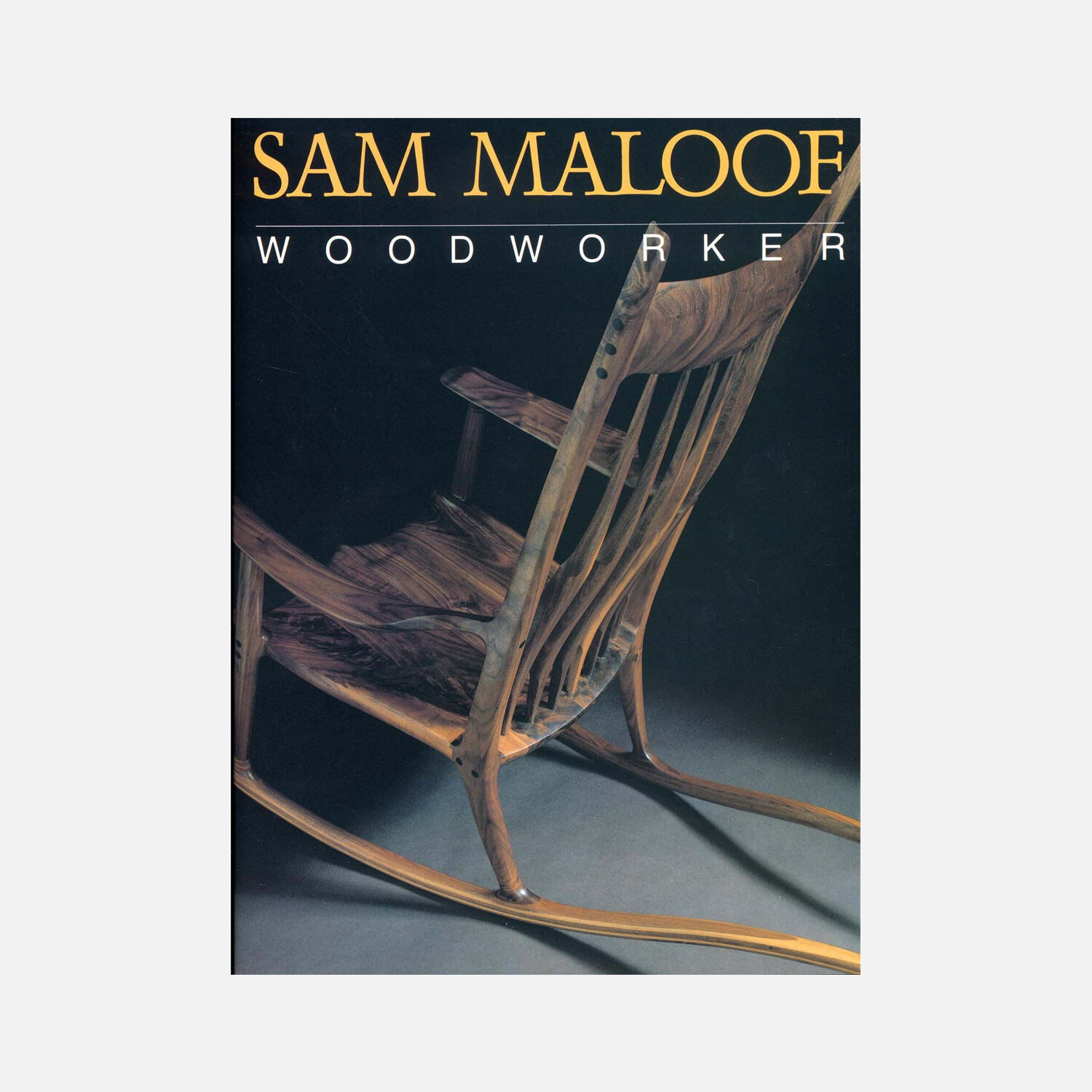Sam Maloof
Feel Its Soul
Published: 10/14/2020
By: Bill Watters
Sam Maloof: woodworker Jan. 24, 1916–May 21, 2009
Sam Maloof is a self-taught woodworker. He started his woodworking career in 1948 out of necessity at age 32. As newlyweds, they didn't have the money to furnish their home, so he designed and built tables and benches from discarded fir plywood and oak shipping crates. He was asked by friends to make pieces for their house, and it soon became a business.
He has made every piece that leaves his shop. He has never had more than two helpers that help him shape, sand, and oil pieces. Over his career, more than 5000 pieces have left his shop. Most notably, he is known for his rocking chairs. Presidents Regan and Carter have one, and his work has been exhibited in the Smithsonian. In 1985, Maloof became the first craftsman to receive a MacArthur Foundation 'Genius Grant' fellowship.
His work is one of the reasons I became a woodworker. I first saw a video of him sculpting a chair arm on a bandsaw in a way that you are not supposed to use a bandsaw. He made known how he put things together. It wasn't a mystery and seeing his process made learning about woodworking more accessible. He didn't want craftsmen to struggle with something that he had a better way of doing and help save time and frustration for someone new to the craft.
"The chair evolves as I'm making it. That's why I've always felt the designer ought to be the maker. I do not know how you can call yourself a craftsman if you do not make what you design."
He believed living with handmade objects was something people should experience: this union between maker, object, and owner. He often speaks of the "soul" a piece. Something that you can't achieve with machines.
"When you design for individuals, you have the free hand. When you design for the machine, and this is production, you design for the machine. There's so much handwork in my pieces that you'd have to make changes and all that they'd no longer be my work. A machine doesn't have a soul, and your pieces look like they're stamped out. Where, if you do it by hand, a part of you, much of you, goes into that particular piece."
"I try to live right. I always try to adhere to what I think is right, and that, to me, is the most important part of creative work. So much of me goes into each piece that I make that in making each new piece, a renewal takes place. So it continues, a renewal in my commitment to my work and what I believe."
Thoughts
– Do you live with an object that has a soul?
– What makes you feel the soul of that object?
– How can you instill that feeling in the repetitive task of production work?


